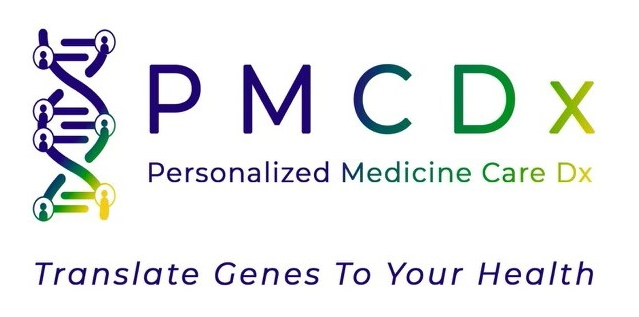Diseases Targeted:
Overview:
The Comprehensive Arrhythmia Panel examines 76 genes associated with hereditary arrhythmias, including Long QT syndrome (LQTS), Brugada syndrome, Short QT syndrome (SQTS), catecholaminergic polymorphic ventricular tachycardia (CPVT), and arrhythmogenic right ventricular cardiomyopathy (ARVC).
Who is this test for?
Patients with a personal and/or family history suggestive of a hereditary arrhythmia. Red flags for hereditary arrhythmias can include, but are not limited to, episodes of heart palpitations, dizziness, fainting, shortness of breath, seizures, cardiac arrest, and sudden cardiac death. Some individuals found to have an arrhythmia gene mutation may never develop symptoms.
What are the potential benefits for my patient?
Patients identified with a hereditary arrhythmia can benefit from increased surveillance and preventative steps to better manage their risks. Medical intervention can include anti-arrhythmic drugs, implantable devices, medical procedures, and surgery. Also, your patient’s family members can be tested to help define their risk. If a pathogenic variant is identified in your patient, close relatives (children, siblings, parents) could have as high as a 50% risk to also be at increased risk. In some cases, screening should begin in childhood.
